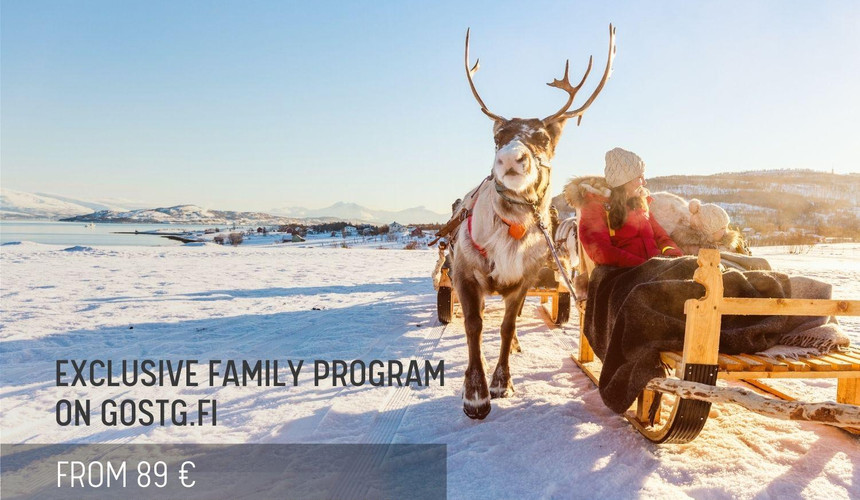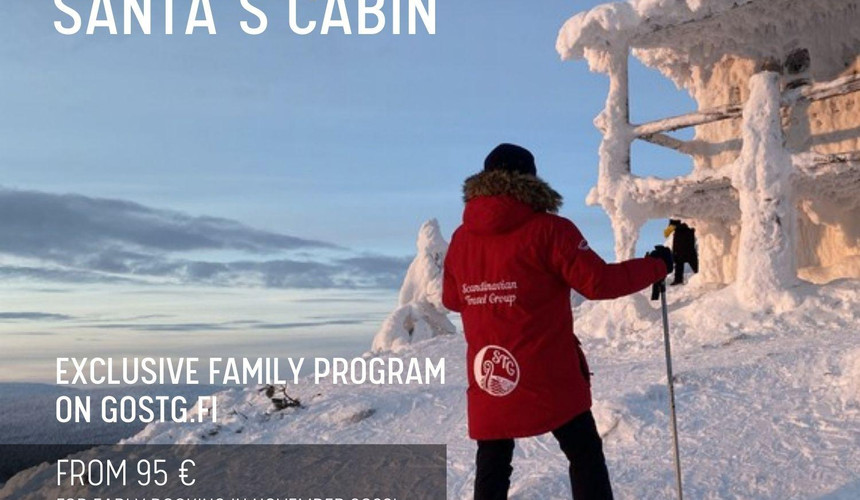Northern Lights
- Fénix Digital Technology Digital Agency
- Sep 27, 2022
- 6 min read
Updated: Aug 18, 2023
The Northern Lights are one of nature's most spectacular light shows, and they're a real-life marvel worth experiencing. When conditions are right, the lights appear as curtains of colorful light that trick-or-treat across the sky in an ever-changing display.

The Northern Lights are most visible from the Arctic region during winter months when there's little sun activity (September to March).
We've prepared answers to the 10 most popular questions about the northern lights in this post:
1. Why Are the Northern Lights So Special?
The Northern Lights are a natural phenomenon that occurs when charged particles from space hit our atmosphere. As these particles collide with gas molecules in our atmosphere, they excite them and cause them to glow. The lights you see in the sky are collisions between particles of solar wind and atoms in the air on Earth's upper atmosphere (the ionosphere).
In short, this means that if you go outside on a clear night and look up at the sky, you will see the light show — the most spectacular light show on earth!

2. What Causes the Northern Lights?
The Northern Lights are created when solar winds collide with atoms in Earth's atmosphere. The sun emits a stream of charged particles, which are called solar wind. When these particles reach Earth and collide with atoms in our atmosphere, they create a glow that we see as the Northern Lights.
The aurora borealis is caused by electrons colliding with oxygen and nitrogen molecules in Earth's upper atmosphere (at altitudes between 100 km to 400 km). The collisions slow down electrons from solar winds and cause them to fall back toward space at high speeds or accelerate positive ions or both.
This movement releases energy which creates an electromagnetic field — and you guessed it — the northern lights!

3. Where to See the Northern Lights?
The Northern Lights are visible in the Northern Hemisphere and are best seen from Norway, Finland, Lapland and Greenland. In Canada, you can see them as far south as Alberta and Saskatchewan. The farther north you go, the better chance you have of seeing them; they're also more common between September and March when days are shorter than nights.
4. When is the best time to see the Northern Lights?
If you want to witness the Northern Lights, winter is the best time. The sun remains low in the sky and doesn't interfere with viewing. The next best time is during a new moon when there's no moonlight at all. The further north you are located, the better your chances of seeing them as well as some places being more reliable than others.
The aurora borealis (northern lights) have fascinated people for centuries and continue to do so today, but what exactly causes this spectacular phenomenon?
5. How to take photos of the Northern Lights?
Taking photos of the Northern Lights is a tricky business, but with a few tips, you can be sure to get some great shots.

Use a tripod and remote shutter release. The Northern Lights move fast, so your camera needs to be steady if you want sharp images without any blurriness.
A tripod will help ensure that it stays still as you shoot long exposures (typically longer than 30 seconds). If there’s someone with you who can take care of this task for you, even better!
Use a wide-angle lens and set it to f-stops around f/4 or lower (the higher the number, the narrower your aperture). This will allow in as much light as possible so that even though there are long exposures involved, your camera won't have problems with exposure during those moments when there's no activity with the aurora overhead because our brains are used to seeing things quickly moving across our field of vision all day long: otherwise known as «fast motion».
If something moves slowly enough for our eyes to see individual pixels rather than smooth motion between them then we perceive it as "slow motion." Because most Northern Lights photography involves extended periods where nothing is happening on screen but darkness or other elements from nature like sky stars clouds etc., having an open aperture will allow more light into each frame thus making sure none of those frames go dark due to lack thereof illumination!
Don’t forget about ISO settings too! While most photographers think about shutter speed first when setting up their cameras for low-light situations like this one here at Aurora Village Northland Adventures during winter months when temperatures drop below zero degrees Celsius (-18 °Fahrenheit), these settings can also impact how well they capture detail within their pictures while using longer exposure times too — so don’t forget about changing those too if necessary before pressing record button after adjusting focus point according!
6. Is it truly possible to predict the Aurora Borealis Forecast?
It is not possible to predict the aurora borealis forecast with any certainty, but you can check the aurora forecast online. There are several sources for checking the aurora forecast. For example, on the Finnish Meteorological Institute website if you are in Finland and are going to catch the northern lights.
7. Top places to see the Northern Lights in Lapland
Where to see the Northern Lights:
Lapland (Finland) is the best place to see the northern lights. There are many places in Finland where you can watch the Northern Lights, but Lapland is regarded as one of the best spots. The Aurora Sky Station offers visitors a chance to watch this natural phenomenon from a glass igloo, while in Abisko National Park there’s also an opportunity to stay overnight at a special cabin with windows that allow you to capture every moment of your experience on camera without leaving your bed.
The Scandinavia Travel Group are the best places and programmes to see the Northern Lights: they are veterans in this business, trust us! Cosy family and exclusive programs, group tours including overnight safaris and much more, just look at the incredible selection and all at the lowest prices in Finland!
8. The Best Places in the World to See the Northern Lights
The best places in the world to see the Northern Lights are in the Arctic Circle, where they can be seen from September through March.
9. The top things to do under the Northern Lights in Lapland
Reindeer sledging: This traditional winter sport is all about getting close to nature, and it’s great fun for families with kids.
Dog sledging: Another way to experience Lapland’s unique wilderness is by riding through it on a dog sledge, so you get to see everything from up close.
Skiing/Snowmobiling: Whether you prefer skiing or snowmobiling, you can enjoy these activities day or night under the Northern Lights.
Ice fishing: The best way to experience the Northern Lights is from a fishing cabin on the frozen sea — and that’s exactly what you can do in Finland.
10. One of earth's most spectacular light shows
It occurs when electrically charged particles from the earth's magnetosphere collide with atoms in our atmosphere. The natural phenomenon of northern lights (aurora borealis) is a light show put on by mother nature that creates curtains of colourful lights that trick-or-treat across the sky.
Northern lights are the result of electrically charged particles from earth's magnetosphere colliding with atoms in our atmosphere. These collisions excite the atoms, causing them to emit light at specific wavelengths and temperatures. The resulting light shows take on different hues depending on how many electrons are present in an atom and what type of element it is.
Northern lights occur when charged particles from the solar wind collide with oxygen and nitrogen atoms in our atmosphere. The interactions between these ions and electrons cause them to emit light at specific wavelengths and temperatures, which results in the colourful displays we see as northern lights.
The Northern Lights are a natural phenomenon that is truly one of nature's greatest shows. If you're looking for something to do while in Finland or Lapland, then look no further than booking yourself on a tour with Scandinavian Travel Group! Our experienced guides will take you on an adventure that will certainly be one unforgettable experience.
This article contains photos used with permission from the Scandinavian Travel Group.






























